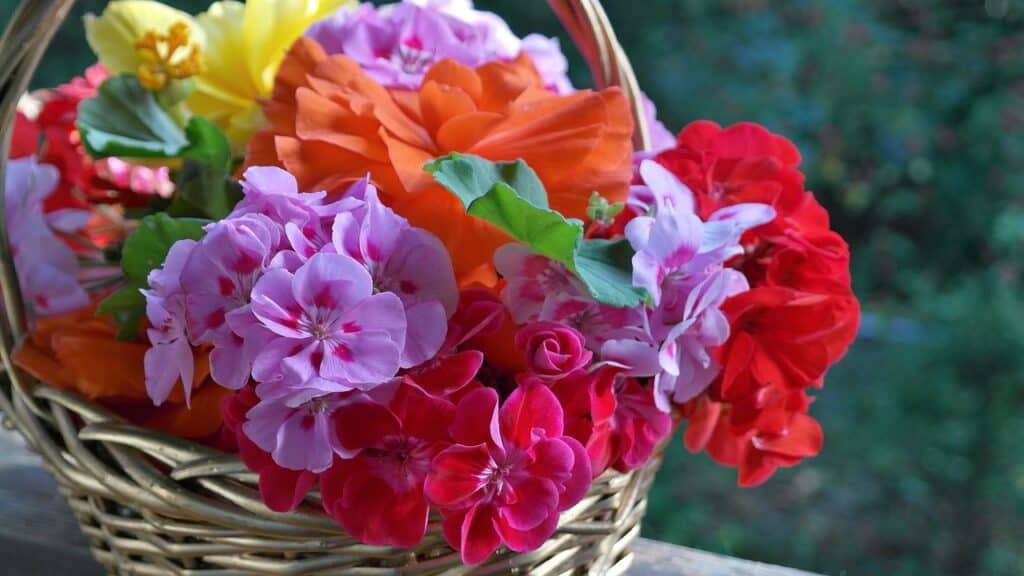Patterns, colors and light
An important aspect in terms of the harmonization of the dwelling is the colors, shades, contrasts, patterns. All this together makes a direct association between energy and light. We can create a space where light is in harmony with the habits and activities of everyday life using colors and following some Feng Shuiprinciples .
Colors and patterns

Entering our home is a good starting point to set the tone in what we want on. Models we notice them on the walls, parquet, furniture tapestry, tablecloths, vases and curtains. If they are large, complex and in contrasting colors, then they inspire dynamism, and by nature they are yang. Small, subtle, monotonous models have yin energy.
The art of Feng Shui, tries to find a balance in which the usual conditions of brightness, colors and patterns are neutral, but in gentle tones or from time to time contrasting spots of color and light to arouse interest and harmonize with the tastes of each one individually. It also depends on what you intend to do or accomplish in a particular space.
For example, in the case of a bedroom, its main function is to offer us the possibility of rest, relaxation, recharge of batteries, connection to a spiritual dimension and the development of your relationships. Intimate. All these needs are related to the idea of calm and rest, which is very yin.

The bedroom is good to design and arrange it more around the yin size than, say, the kitchen, where food and productive activities (more yang) should be stimulated. So too many intricate models are not desirable in the bedroom, but that does not mean that the whole room must be erased and insignificant.
A few yang patterns, such as a small vase, can bring out the basic feature of the whole ensemble. Let’s not overdo it with the extravagance of models in the kitchen, it is possible to become irascible, but it can be more adventurous from this point of view, than the bedroom.
And the other rooms in the dwelling can be analyzed from the same perspective (the office – more yin, living room – more yang). Do not forget that you can tune everything in harmony with the way you want your life to look, more elegant, quieter or more complex and alert.
Color combinations

Colors and combinations of shades and intensities strongly influence our feelings and behavior. It is good to consider 5 principles:
- the basic color (red, green, blue),
- intensity (live or erased),
- hue (cherry-red, scarlet, red-phosphorescent, etc.),
- area covered in color (the whole wall or just a frame all around),
- The colors close to the color chosen by each one.
Recognized color joins
Red. Very yang. Strong emotions, anger and passion. Stimulates activity, excitability and sexual desires. It is a strong color and should be used with caution especially where choleric or emotionally labile people live or in spaces intended for peace and rest. Too much red in the place where the meal is served can cause people to eat faster, thus causing digestive problems.
Orange. Beneficial for revitalization, being gentler than red, but still stimulating. It symbolizes courage, confidence and creativity. It can stimulate appetite and is a good antidepressant. It takes some precautions when using orange.
Yellow. Joy, happiness and creativity. Energizing, it removes depression and anxiety. Too much yellow can cause problems for the hyperactive or irritable, and it must be balanced by soothing colors if used for wider areas.

Green. Natural cycles, transformation, growth, healing and abundance. It is strongly associated with the idea of peace, harmony and tranquility, being ideal for calming stress and emotional problems. Too much green in one shade can be oppressive and annoying for people who need stimulation.
Turquoise. Soothing and relaxing. It helps in recovering from stress or suffering and soothes restlessness and worry.
Blue. Honesty, truth, wisdom, inspiration and creativity. It is soothing, with an almost sedative effect, but if used in excess, it can cause isolation and lethargy. Good in hot climates because it induces a state of coolness and has often been used in old kitchens to keep cockroaches at bay.

Violet. Spirituality and dignity. It can have a balancing effect between excessive activity and relaxation. It is said to reduce pain sensitivity.
Black. Primordial darkness and negativism, but also power, stability and protection. Good in small quantities because it facilitates introspection, it becomes depressing in excess.
White. Life and death, totality and purity. Very suitable for ceilings, making them look taller and emanating an equal light in the room. Also used to induce the feeling of cleanliness and coolness. Very suitable for kitchens and bathrooms.
Pink. Feelings of warmth, tenderness and love. It can cure (if it’s a warm shade) but it is not recommended for very temperamental people. Often recommended for bedrooms when aimed at creating a romantic atmosphere.
Brown. A very “earthy” color for those who have too scattered or too volatile attention. In excess, it can become restrictive and coercive.

Combinations of these colors produce a wide variety of shades and tones. In general, lighter and stronger colors are yang and should be used in areas where more activity is needed. Darker and weaker shades are more yin and more suitable where tranquility and relaxation are needed.
Between these variations, even the basic colors have yin or yang qualities, the red extremity of the spectrum being yang, yellow/ green – neutral, and purple – extremely yin. When choosing colors for our home or only for a part of it, it is good to think about the overall picture, which we can create according to the areas, the features of the people who use them and the overall balance of yin and yang qualities.

